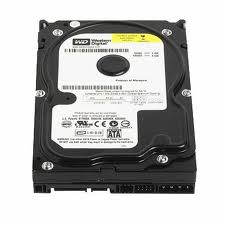The other day I picked up a six year old computer from a client. The computer would not boot and it was obvious that the SATA hard drive was gone.
I replaced the failed SATA with a brand new SATA and was ready to install Windows 7, but the new drive was not recognized by the BIOS. The drive powered up, the data cable was good, I tried both SATA ports, everything was seated properly, but the BIOS showed that no drive was present. What the heck?
Then it hit me! I was working with an older motherboard (six year old computer). The SATA controller speed on this older mobo was 150 MB/s (the initial speed for a SATA 1 hard drive). The new drive that I had installed was a SATA 2 drive which runs at 300 MB/s. It simply would not work with the older motherboards 150 MB/s controller.
Luckily the new drive had an onboard compatibility jumper. I put a jumper on pins 5-6 which enabled the SATA 2 drive to run at 150 MB/s (data transfer speed). The new drive was now recognized by the BIOS and I was on my way to installing Windows 7!!
Professor Randy says: Be aware of data transfer speed when installing a new SATA drive on an older PC. The new drive may not show up in the BIOS until you match it’s speed with that of the motherboard controller.



